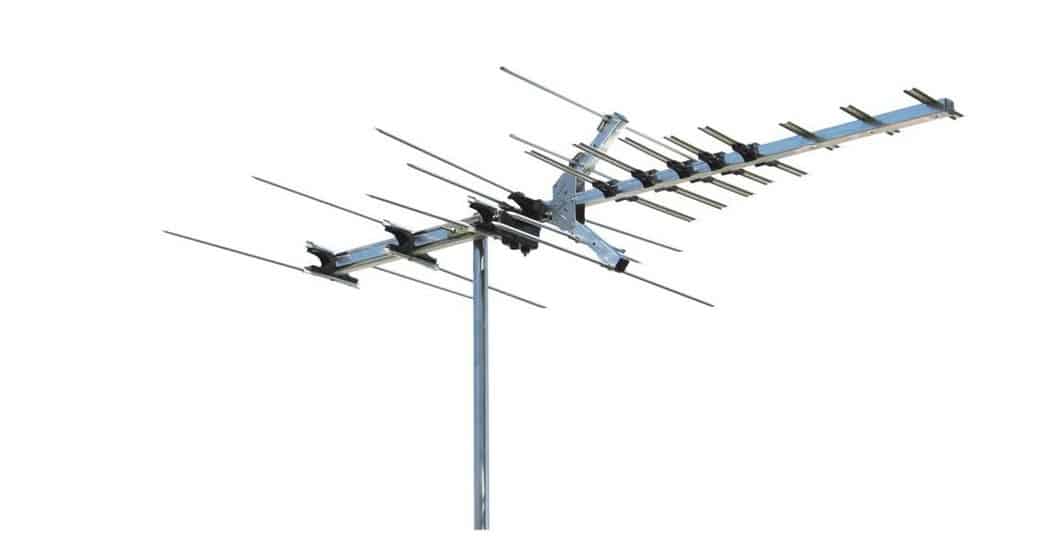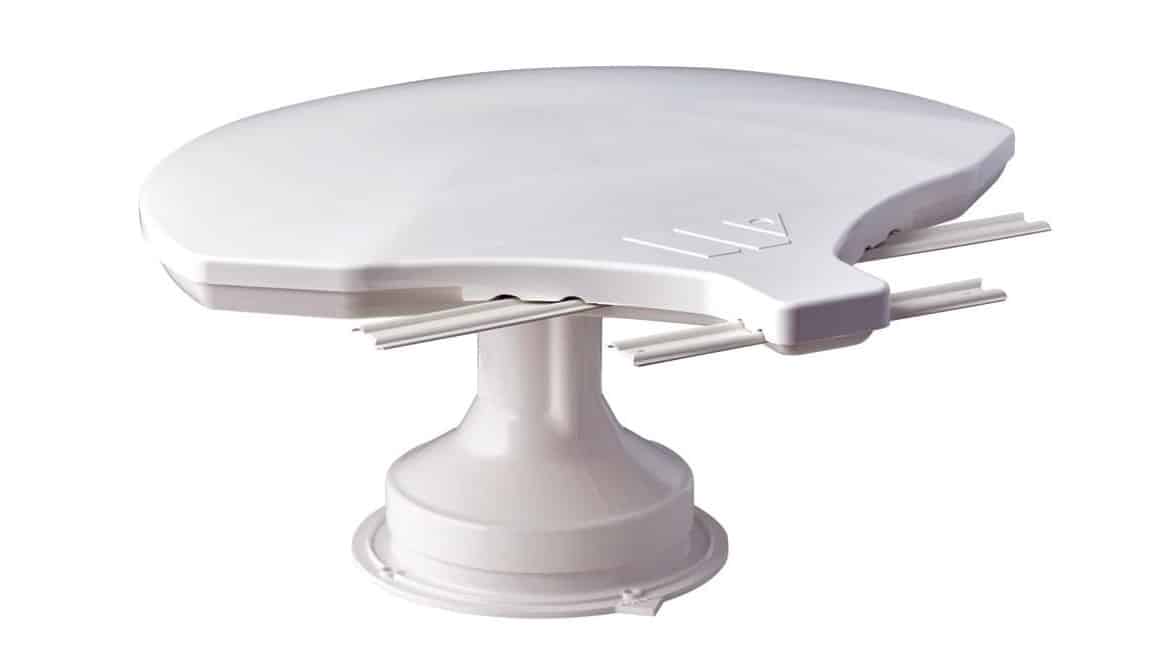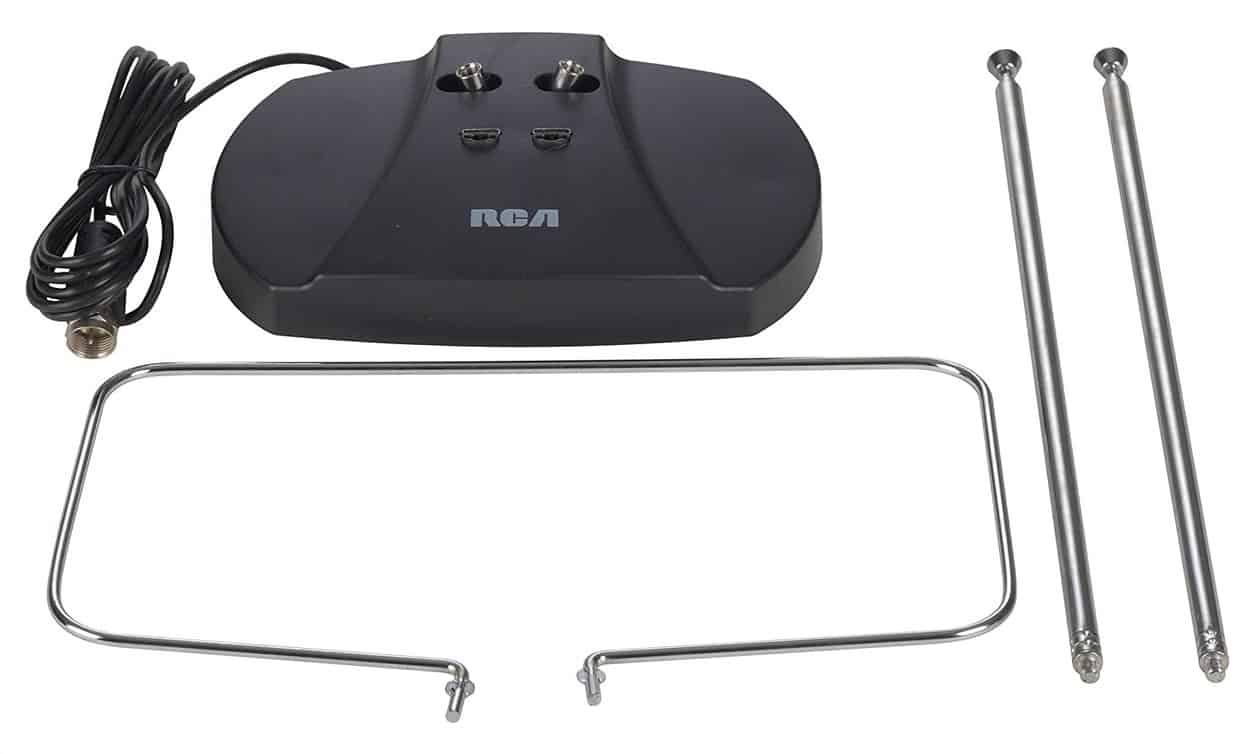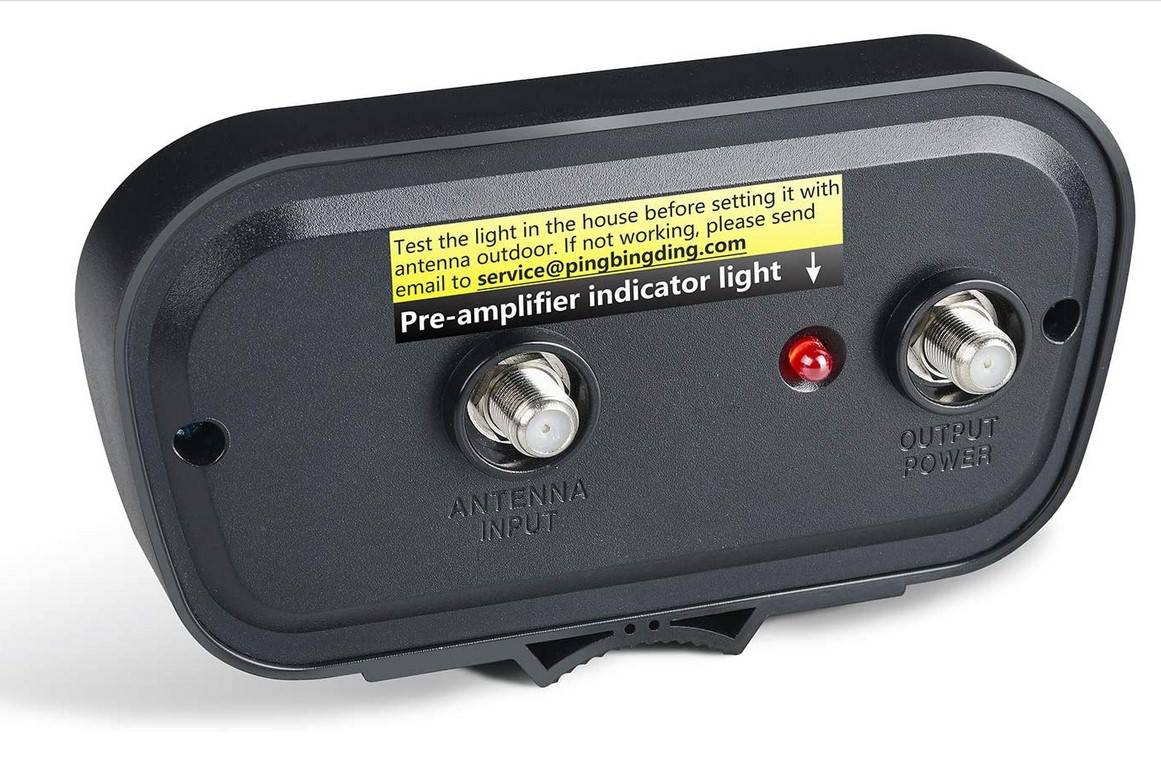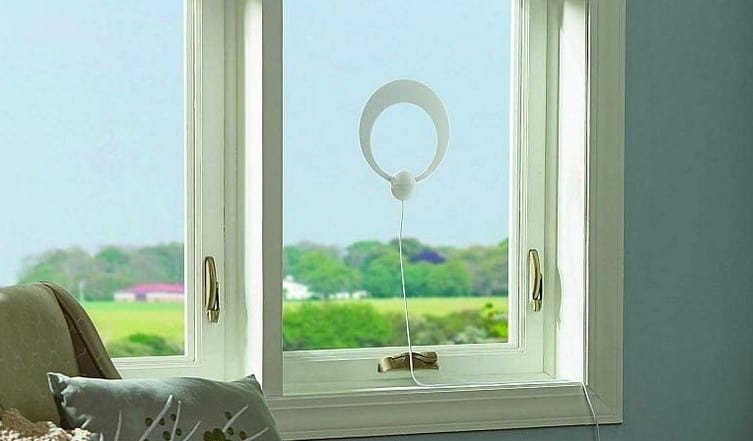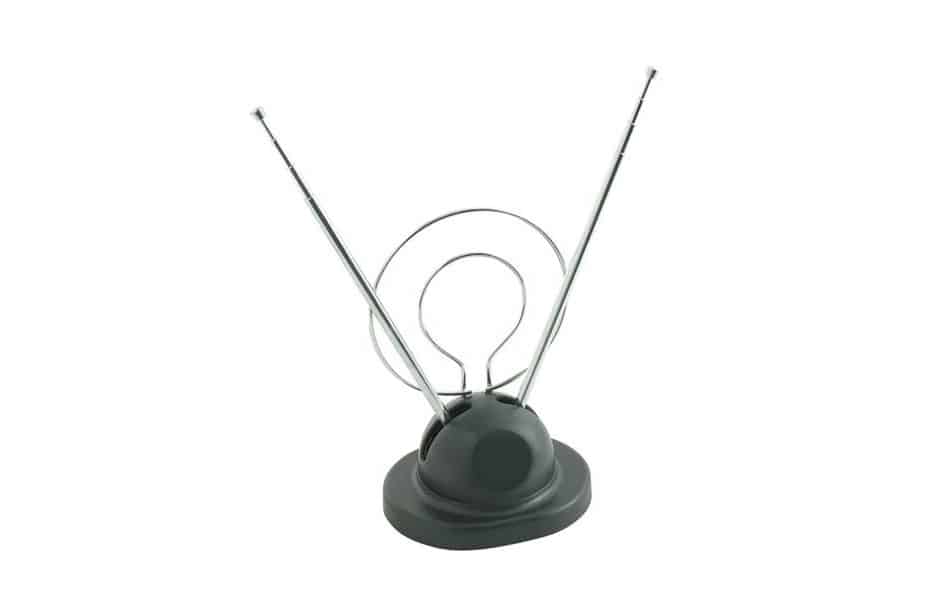Having black boxes on the top or bottom of your screen as you watch a movie or your favorite show can be confusing and distracting, even if it’s the best tv you can buy today. The black boxes, also known as letterboxes, are caused by a difference between how wide a picture is and how wide your TV is. Ideally, the black bars appear on the top and bottom or sides so that the image can fit on the TV without getting stretched or cropped.
KEY TAKEAWAYS:
- The black boxes, also known as letterboxes, are caused by a difference between how wide a picture is and how wide your TV is.
- The aspect ratio of your TV is the ratio of the width of the television to its height.
- Black bars displayed on the top and bottom part of the screen in a film or video are referred to as letterboxes.
A letterbox picture will be more prominent on an analog TV. On an HDTV or 4K, the problem isn’t as bad, though depending on the aspect ratio of the picture or film, you’ll still experience black bars.
Many TV owners consider black bars distracting. Fortunately, in this post, TV owners will learn how to get rid of black bars on top and bottom of the TV.
Aspect Ratio Explained
The aspect ratio of your TV is the width of the television to its height. Here’s an example. A perfect square has an aspect ratio of 1:1 or 1X1. Therefore, a rectangle that is twice as wide as it is tall will have an aspect ratio of 2:1 or 2X1.
It is essential to note that black bars displayed on the top and bottom part of the screen in a film or video are referred to as letterboxes.
Old TVs were slightly wider than taller and had an aspect ratio of 4:3 or 4X3, which is technically 1.33:1. Modern HDTVs are wider with an aspect ratio of 16:9 or 1.78:1, meaning for every 16 inches wide on the TV it is 9 inches tall.
Here’s where the screen fitting problems begin.
Older films had an aspect ratio of 4:1. Therefore, to fit them on your HDTV, something has to give. The easiest way is to put bars on the sides.
Alternatively, you could zoom in on the picture removing the top and the bottom, fitting the 4:3 image on a 16:9 screen, but you’ll end up eliminating some aspects of the image like the foreheads while watching the news. You could also stretch the picture, but this will leave the image looking fat.
Related:
Getting rid of Black Bars on Top and Bottom of TV
- TV functionality varies from one model to the next. Therefore, the first thing you need to do is check if your TV remote has aspect ratio control available.
- Next, set it to full-screen mode. This will enlarge the picture to fill the entire screen. It’s essential to note that doing this will cut off part of the sides.
- Find your picture settings menu and hover through the options on the video or film you are watching. For example, check if you can watch the movie on full screen or select picture size.
It is essential to note that the TV picture size settings adjust the picture’s aspect ratio, making it possible to view the picture in its original format, stretch or zoom it to fill the screen. However, setting it to auto always gives the best image in most cases.
- Choose your desired format; normal, auto, direct, zoom, or stretch. Next, select the best image size for your video and select okay to save.
- If you are watching content from another source like Blu-ray, DVD, or Cable Box, check the video output format of the device. Find out if it offers an option to watch the picture on full screen. It is essential to do this since setting your DVD player to play a picture in 4:3 format might not be workable.
F.A.Q.S
How do letterbox pictures occur on a TV?
The black boxes, also known as letterboxes, are caused by a difference between how wide a picture is and how wide your TV is.
What is the aspect ratio?
The aspect ratio of your TV is the width of the television to its height
What’s the difference between older and newer TVs when it comes to aspect ratio?
Old TVs were slightly wider than taller and had an aspect ratio of 4:3 or 4X3, which is technically 1.33:1. Modern HDTVs are even wider with an aspect ratio of 16:9 or 1.78:1, meaning for every 16 inches wide on the TV, it is 9 inches tall.
Can picture size settings help fix letterbox issues on a TV screen?
It is essential to note that the picture size settings adjust the picture’s aspect ratio, making it possible to view the image in its original format, stretch or zoom it to fill the screen.
STAT: According to a March 2021 Survey, 44% of American households have a modern HDTV compared to 31% in 2019. Since its debut in early 2010, 4K TVs have transitioned from high-end devices to standard household devices. (source)

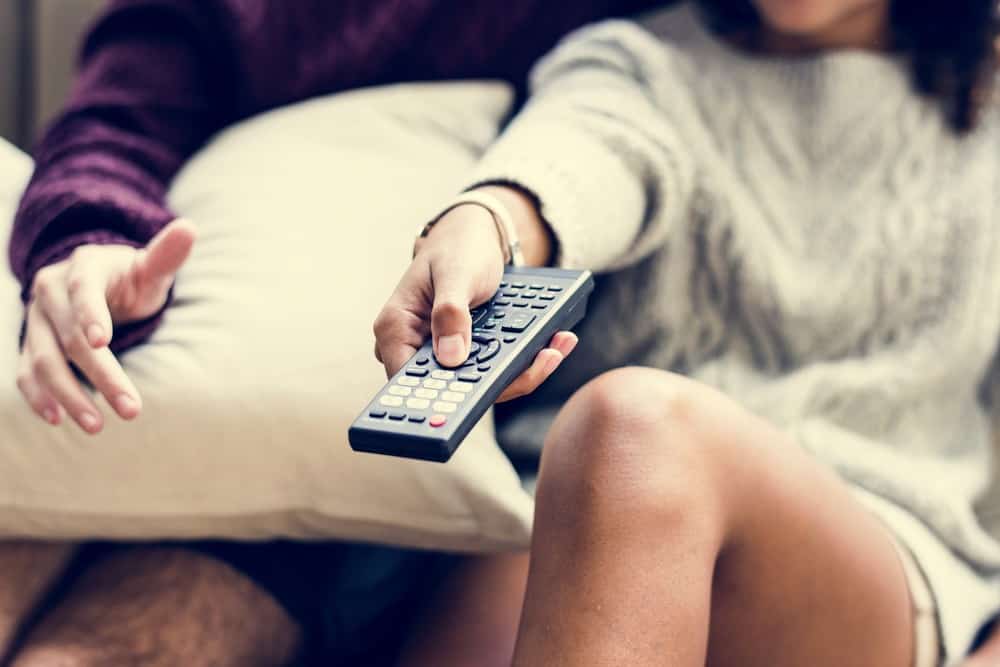























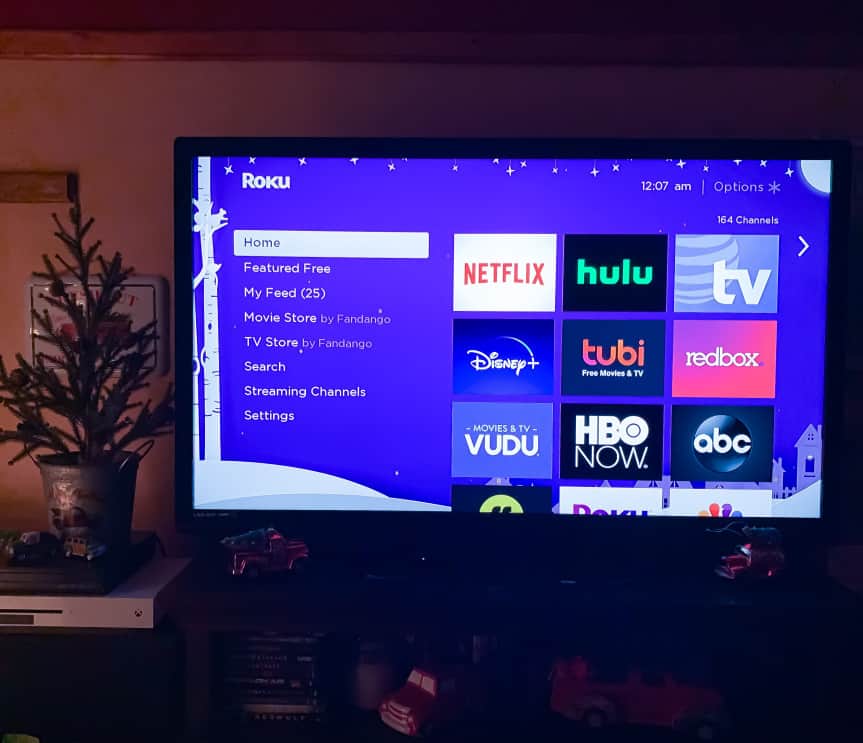
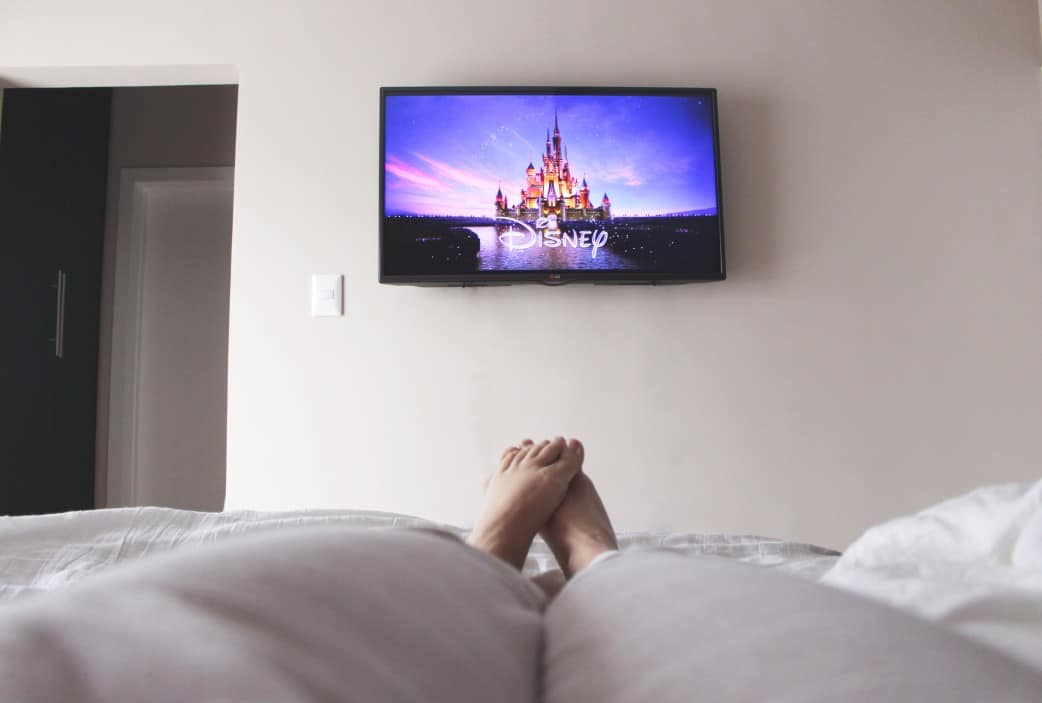
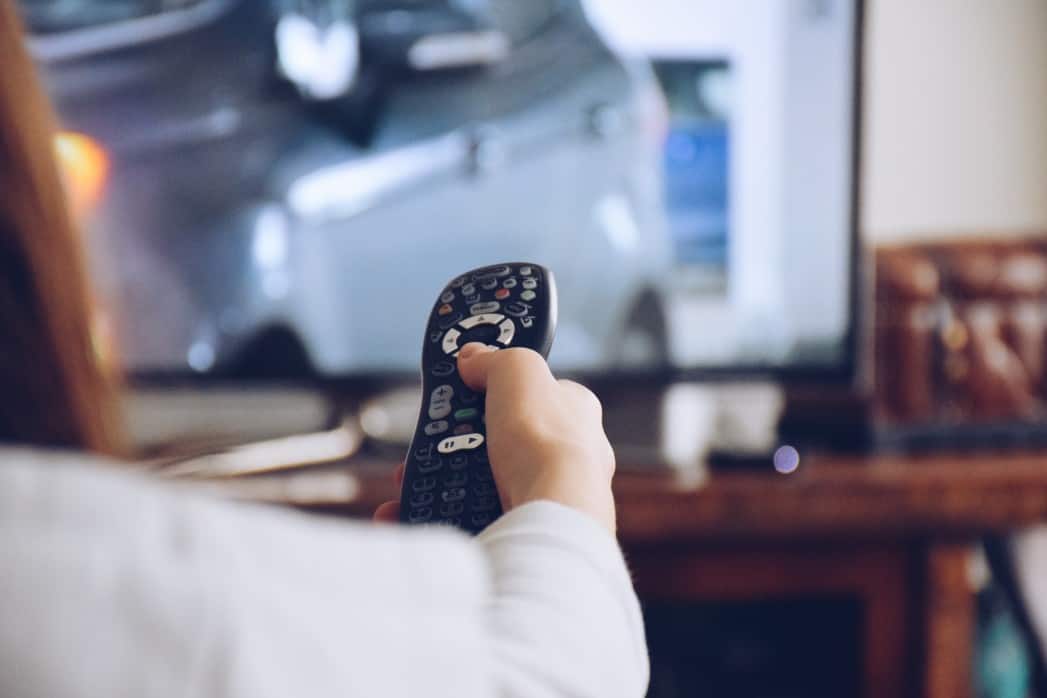
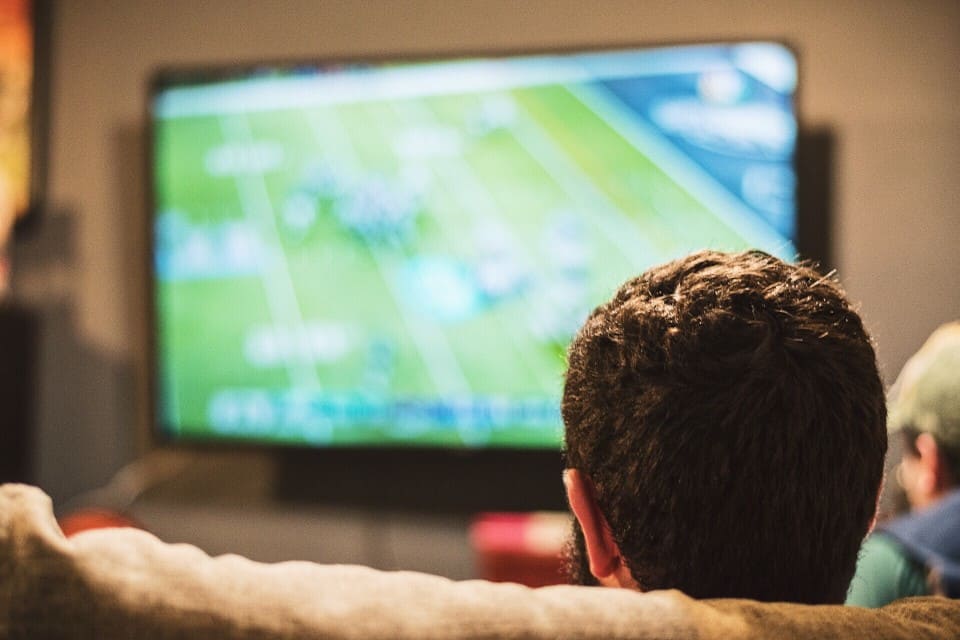
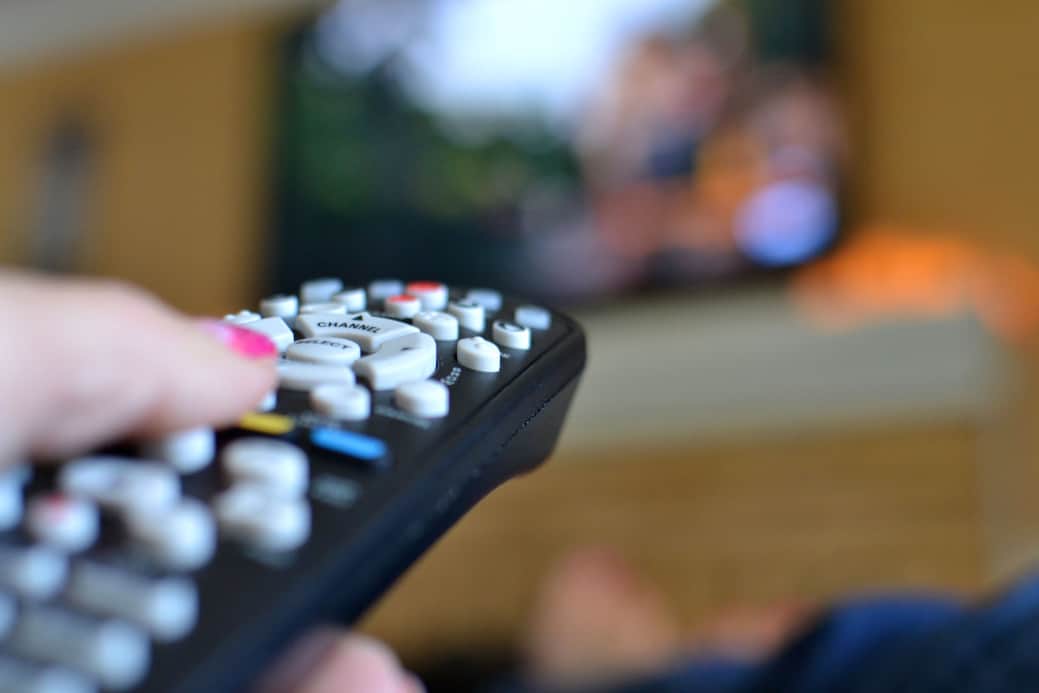
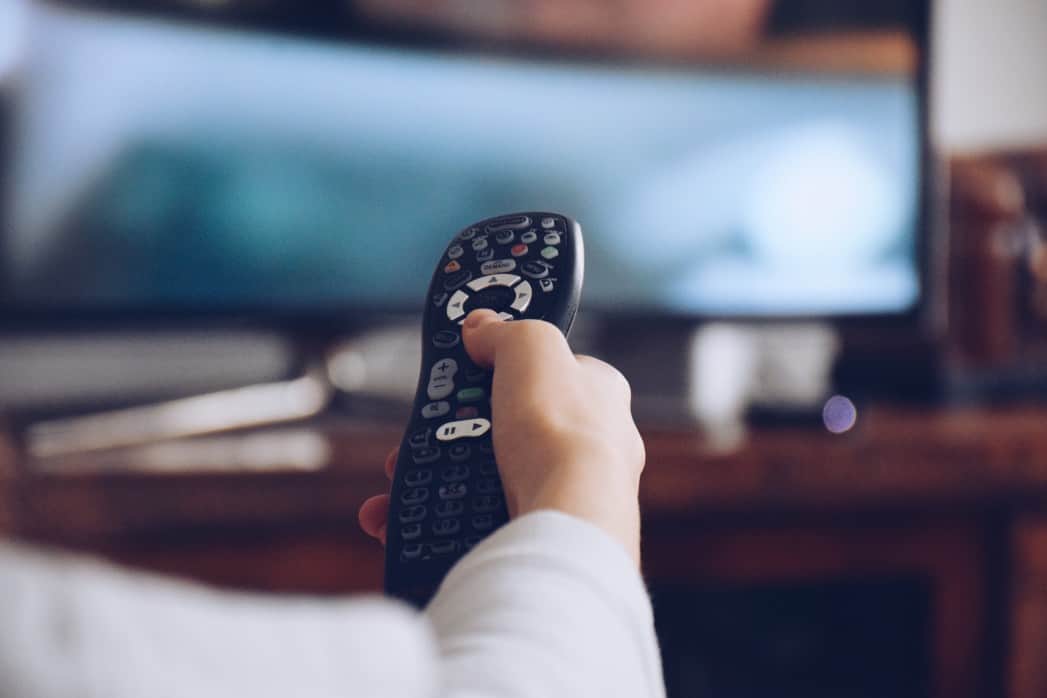
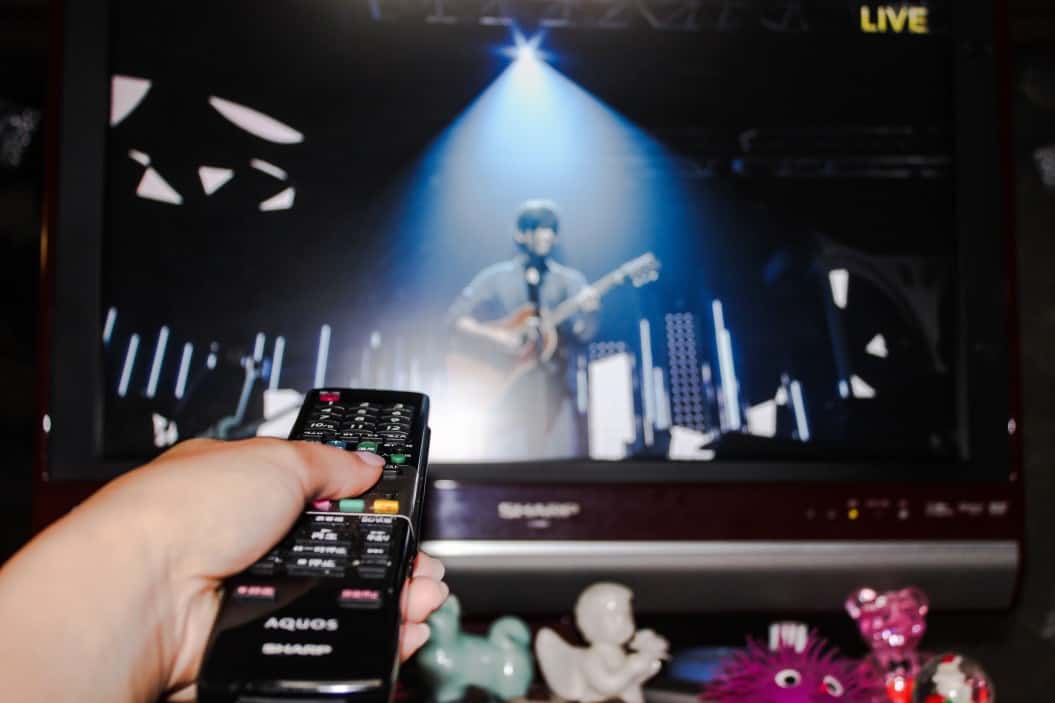
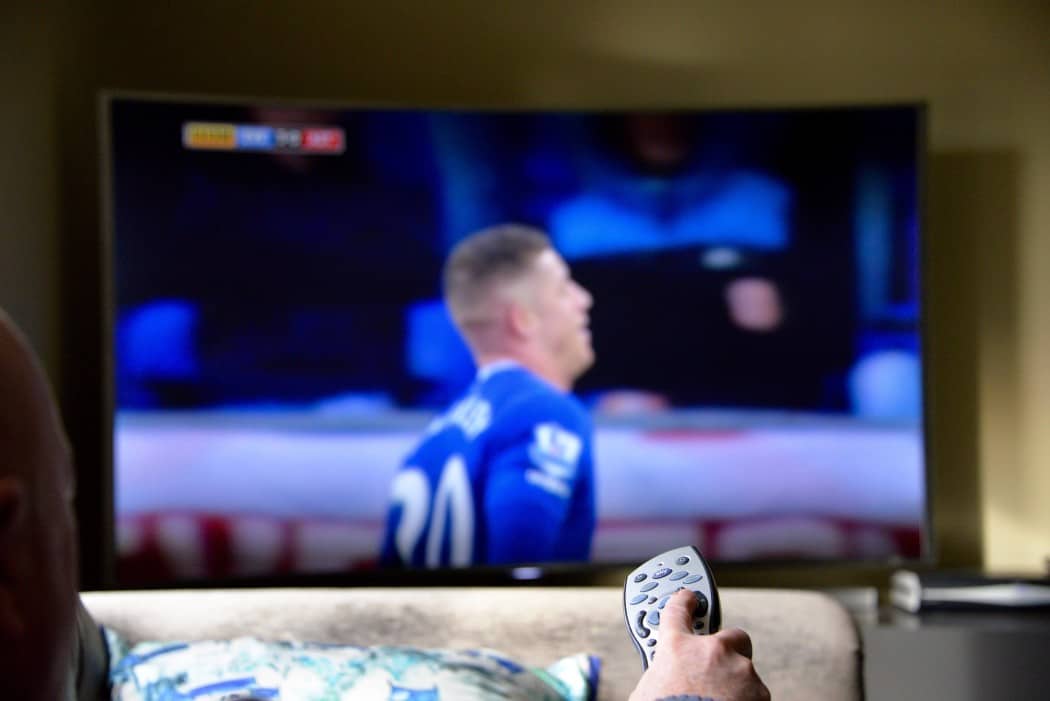
![Best Drones Under the Cost of Ferrari in [year] 25 Best Drones Under the Cost of Ferrari in 2025](https://www.gadgetreview.dev/wp-content/uploads/image-test-3.jpg)
![Best LEDs & LCDs in [year] ([month] Reviews) 26 Best LEDs & LCDs in 2025 (November Reviews)](https://www.gadgetreview.dev/wp-content/uploads/Samsung-UN65RU7100FXZA.jpg)
![Best Streaming Services in [year] ([month] Reviews) 27 Best Streaming Services in 2025 (November Reviews)](https://www.gadgetreview.dev/wp-content/uploads/netflix-750x422-1.png)
![Best Streaming Movie and Shows in [year] ([month] Reviews) 28 Best Streaming Movie and Shows in 2025 (November Reviews)](https://www.gadgetreview.dev/wp-content/uploads/Streaming-reviews.jpg)
![Best TVs in [year] ([month] Reviews) 29 Best TVs in 2025 (November Reviews)](https://www.gadgetreview.dev/wp-content/uploads/Sony-XBR55X810C-TV-1.jpg)
![Best Shows on Amazon in [year] ([month] Reviews) 30 Best Shows on Amazon in 2025 (November Reviews)](https://www.gadgetreview.dev/wp-content/uploads/The-Boys-750x474-1.jpg)
![Best Small TVs in [year] 31 Best Small TVs in 2025](https://www.gadgetreview.dev/wp-content/uploads/best-small-tv-image.jpg)
![Best 60 Inch TVs in [year] 32 Best 60 Inch TVs in 2025](https://www.gadgetreview.dev/wp-content/uploads/best-60-inch-tv-image.jpg)
![Best 50 Inch TVs in [year] 33 Best 50 Inch TVs in 2025](https://www.gadgetreview.dev/wp-content/uploads/best-50-inch-tv-imgr.jpg)
![Most Energy Efficient TVs in [year] 34 Most Energy Efficient TVs in 2025](https://www.gadgetreview.dev/wp-content/uploads/most-energy-efficient-tv-image.jpg)
![Best TVs for Apple TV in [year] 35 Best TVs for Apple TV in 2025](https://www.gadgetreview.dev/wp-content/uploads/best-tv-for-apple-tv-image.jpg)
![Best TV Antennas in [year] ([month] Reviews) 36 Best TV Antennas in 2025 (November Reviews)](https://www.gadgetreview.dev/wp-content/uploads/best-tv-antennas-image.jpg)
![Best Mitsubishi TVs in [year] 37 Best Mitsubishi TVs in 2025](https://www.gadgetreview.dev/wp-content/uploads/best-mitsubishi-tv-image.jpg)
![Best Smart TVs in [year] ([month] Reviews) 38 Best Smart TVs in 2025 (November Reviews)](https://www.gadgetreview.dev/wp-content/uploads/best-smart-tvs-image.jpg)
![Best Conference Room TVs in [year] 39 Best Conference Room TVs in 2025](https://www.gadgetreview.dev/wp-content/uploads/best-conference-room-tv-image.jpg)
![Best Dumb TVs in [year] 40 Best Dumb TVs in 2025](https://www.gadgetreview.dev/wp-content/uploads/best-dumb-tv-image.jpg)
![Best 80 inch TVs in [year] 41 Best 80 inch TVs in 2025](https://www.gadgetreview.dev/wp-content/uploads/best-80-inch-tv-image.jpg)
![Best Shows on Hulu in [year] ([month] Reviews) 42 Best Shows on Hulu in 2025 (November Reviews)](https://www.gadgetreview.dev/wp-content/uploads/The-Handmaids-Tale-750x422-1.jpg)











